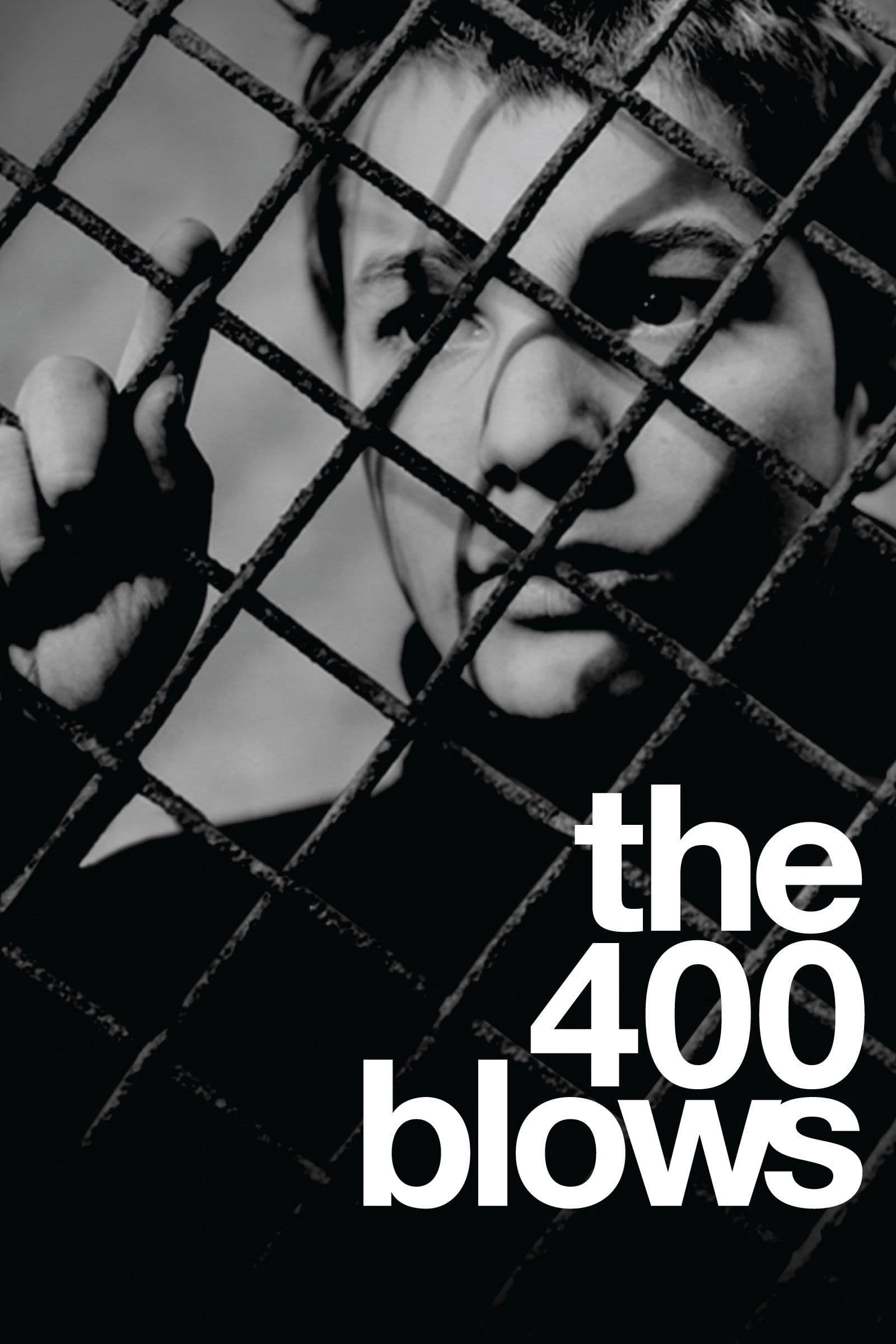
The 400 Blows
1959
Rate this movie
Average: 0.00 / 5
(0 votes)
Director
Largely autobiographical, the film recounts Antoine Doinel's difficult childhood, his relationships with his parents, and the petty thefts that lead to his detention in a juvenile detention center. It is no coincidence that The 400 Blows (original title Les Quatre Cents Coups, an expression meaning "to raise hell," "to cause trouble") is universally recognized as the founding manifesto of the Nouvelle Vague, a wave of cinematic renewal that would sweep away the conventions of "daddy's cinema." François Truffaut, here making his feature film directorial debut after years of critical engagement with Cahiers du Cinéma, pours his own scars onto the screen: his running away from home, his difficult family relationships, his love for cinema as his sole salvation and refuge. This personal foundation lends the film a searing authenticity, a disarming sincerity that elevates it beyond a mere coming-of-age story.
In late 1950, 12-year-old Antoine Doinel lives in Paris with a frivolous mother and a stepfather who does not love him. Their home is a microcosm of misunderstanding and suffocation, an environment where love is a luxury and attention a rare commodity. Antoine is a rebellious yet deeply sensitive soul, a young dreamer condemned to navigate the turbulent waters of an existence devoid of emotional compasses. Truffaut's camera, already extraordinarily mature here, follows him with a mixture of affection and implacable objectivity, capturing every nuance of his solitude and his indomitable search for freedom.
For a homework assignment, he plagiarizes Balzac. His teacher gives him a zero, to Antoine's dismay, as he had actually intended to pay homage to his favorite author. Antoine holds fervent admiration for Balzac. He has even dedicated an altar to him; a candle illuminates a portrait of the writer, and one day he sets fire to a curtain, incurring his stepfather's wrath. This episode is emblematic: it is not a mere act of cheating, but an awkward assertion of a passion, an attempt to communicate a profound admiration that is systematically misunderstood by educational authorities. The school, instead of cultivating curiosity and ingenuity, reveals itself to be a rigid and punitive institution, incapable of recognizing latent genius or the sensitivity behind the act of "plagiarism." It is a fierce critique of a school system that flattens individuality and condemns unconventional creativity.
The boy is harassed by his authoritarian and unjust French teacher, which leads him to skip school with René, his best friend. Their friendship, a supportive and complicit bond, becomes the sole bulwark against a hostile and alienating adult world. Through the boys' escapades in the vibrant, pulsating streets of Paris, Truffaut immerses us in a reality captured with the formal freedom that would characterize the entire Nouvelle Vague: outdoor shooting, natural light, editing that breathes with the rhythm of life, without the rigidity of reconstructed sets or traditional staging.
He steals a typewriter but is caught in the act. This theft, more than an act of true delinquency, appears as a desperate attempt at self-affirmation, a cry for help disguised as bravado. A juvenile judge places him in an observation center. Here, Antoine's situation becomes even more dramatic, moving from familial confinement to institutional one. The center is a cold and impersonal place where "re-education" seems to consist mainly of suppressing individuality. The sequence of Antoine's interview with the psychologist, filmed with an intense succession of fixed close-ups, reveals his vulnerability and lucidity, his capacity for self-analysis that contrasts with the superficiality of those who should be helping him. It is a moment of rare intimacy and rawness, where Truffaut's camera becomes almost an inquisitorial, yet empathetic, eye that does not judge but observes with profound pity.
During a football game, Antoine escapes his guard and finds himself by the sea. The iconic final scene, a long tracking shot that follows Antoine in his liberating run towards the unknown, culminating in the celebrated freeze frame on his uncertain face before the immensity of the ocean, is one of the most powerful and memorable moments in cinema history. It is the perfect metaphor for his condition: a boy on the run, free but alone, confronting the limitless horizon yet also the uncertainty of his own future. The beach, a frontier between land and sea, becomes a symbol of his incessant search for a boundary, a meaning, a haven that he may never find. This open and suspended ending, devoid of cathartic resolution, was a revolutionary choice for its time, cementing the film's status as a modern work of art and anticipating the style of many future directors who would prefer ambiguity to narrative closure.
A poignant work featuring a loving introspection into the character of Antoine, Truffaut's alter ego. Through voracious and almost obsessive shots, Truffaut dwells deeply on close-ups, elevating them to a privileged tool for probing the characters' souls, revealing their most recondite anxieties. These close-ups are never gratuitous but functional in capturing the most intimate emotions and highlighting the solitude of faces in an indifferent world.
In the background is a denunciation of the narrow-mindedness and insensitivity of the adult world towards children who very often only ask for attention, understanding, and guidance not based on repression. Truffaut does not merely point fingers; he builds a bridge of empathy between the viewer and the young protagonist, compelling us to reflect on the fallacies of a system that labels and marginalizes, rather than supports. It is a work that speaks of a denied childhood, of a freedom desired with all one's might, and of the persistent search for one's own place in the world. A touching and memorable film that continues to resonate with undiminished emotional power, more than sixty years after its release.
Genres
Country
Gallery
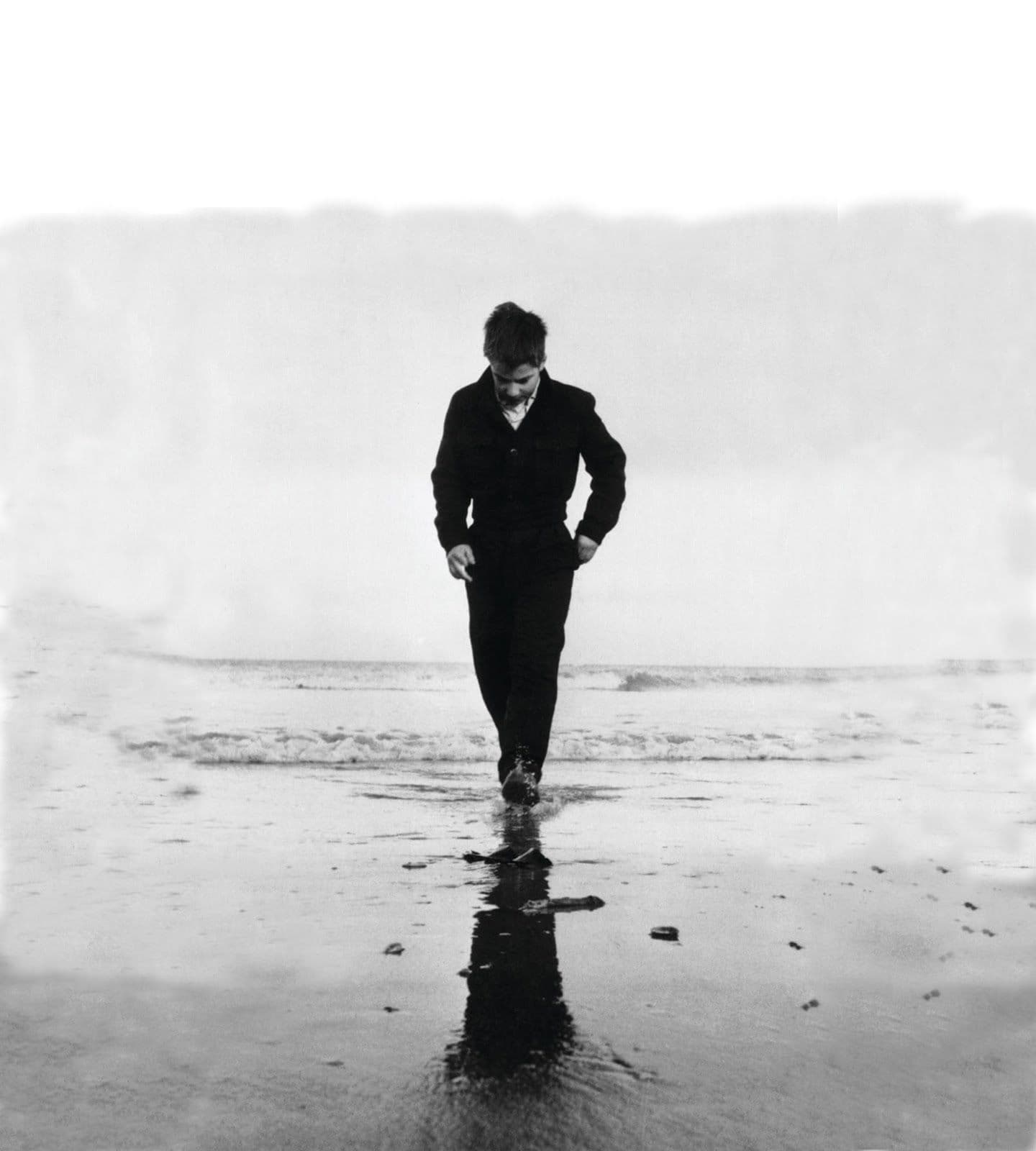
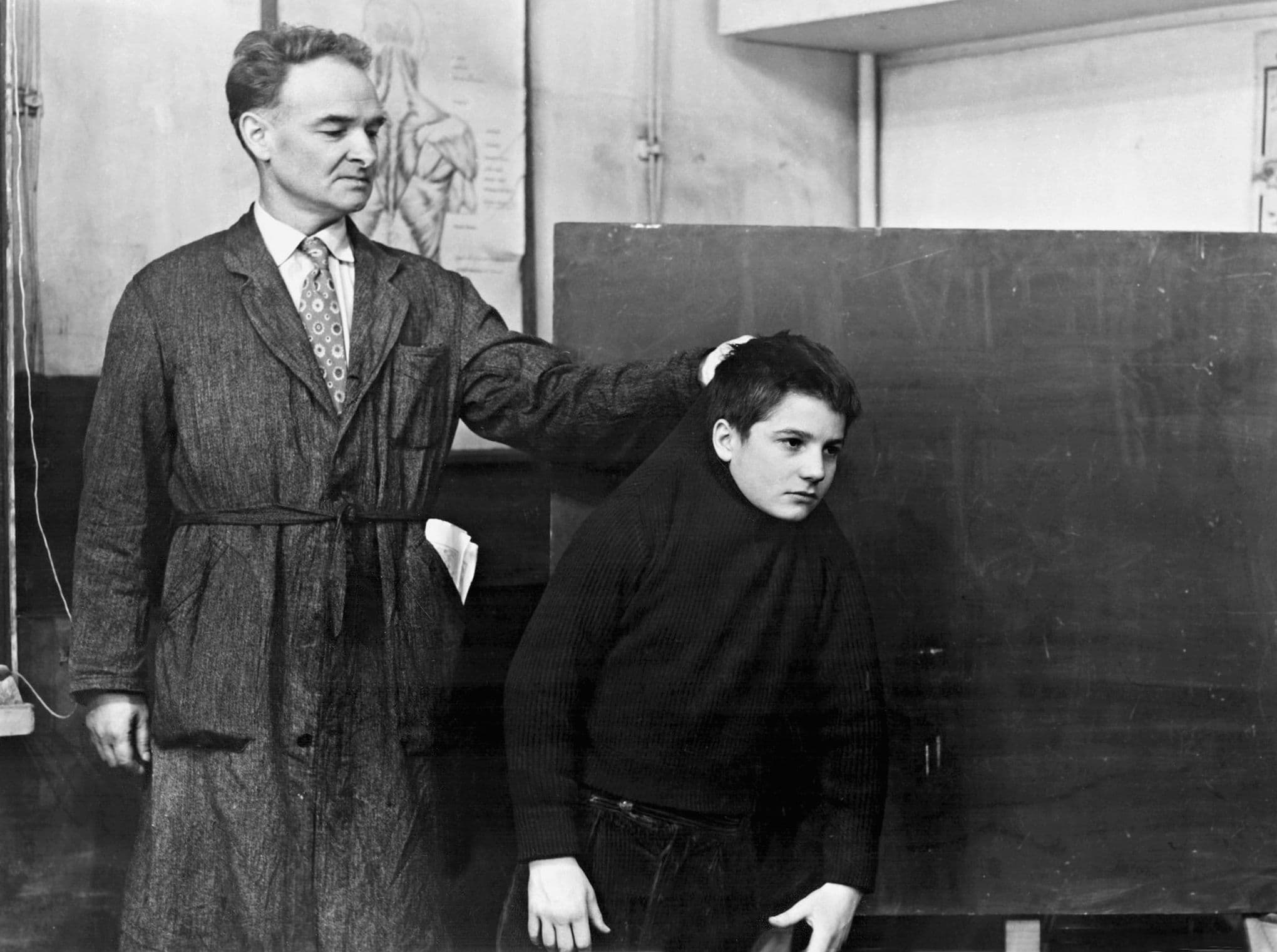
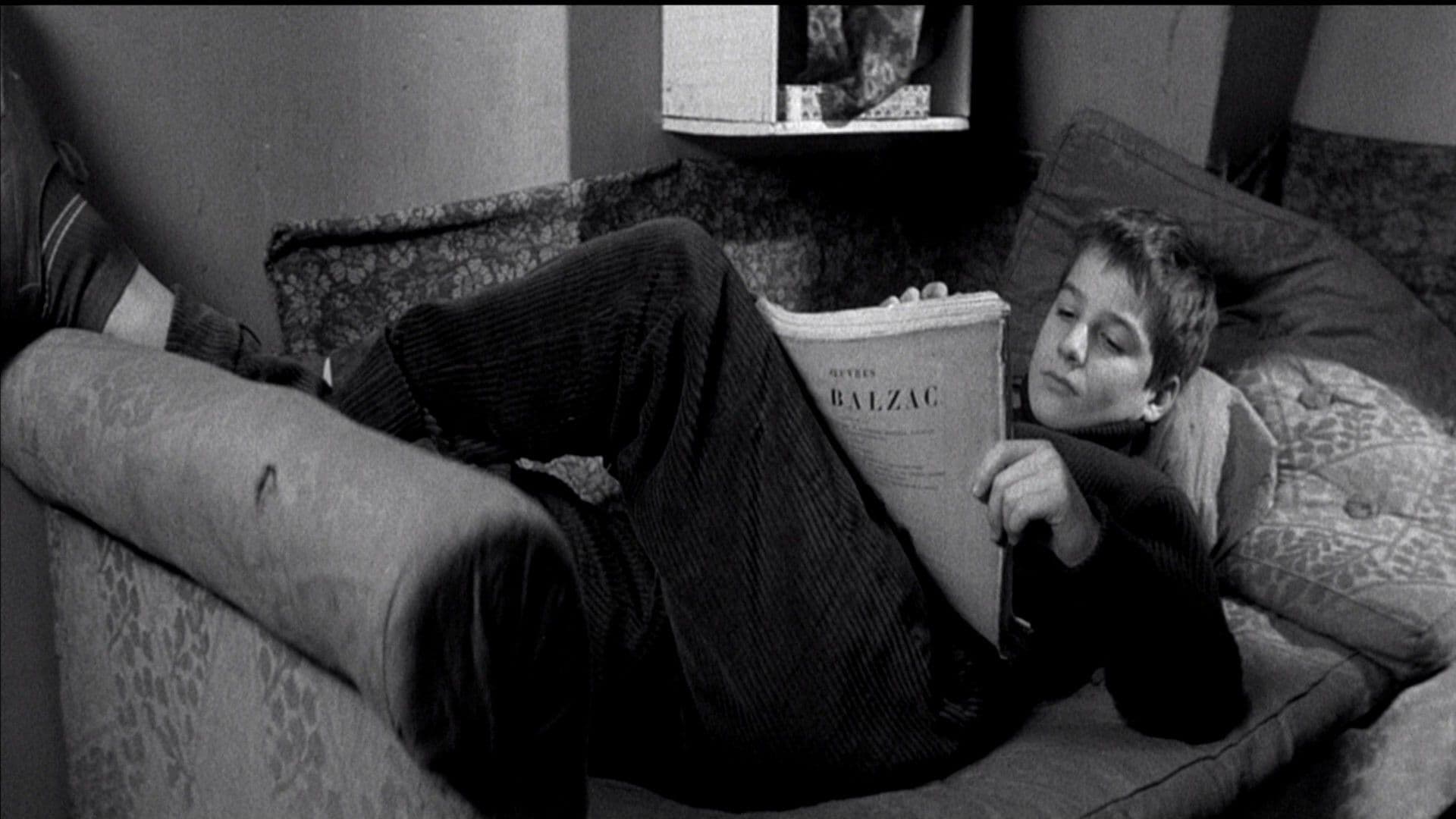
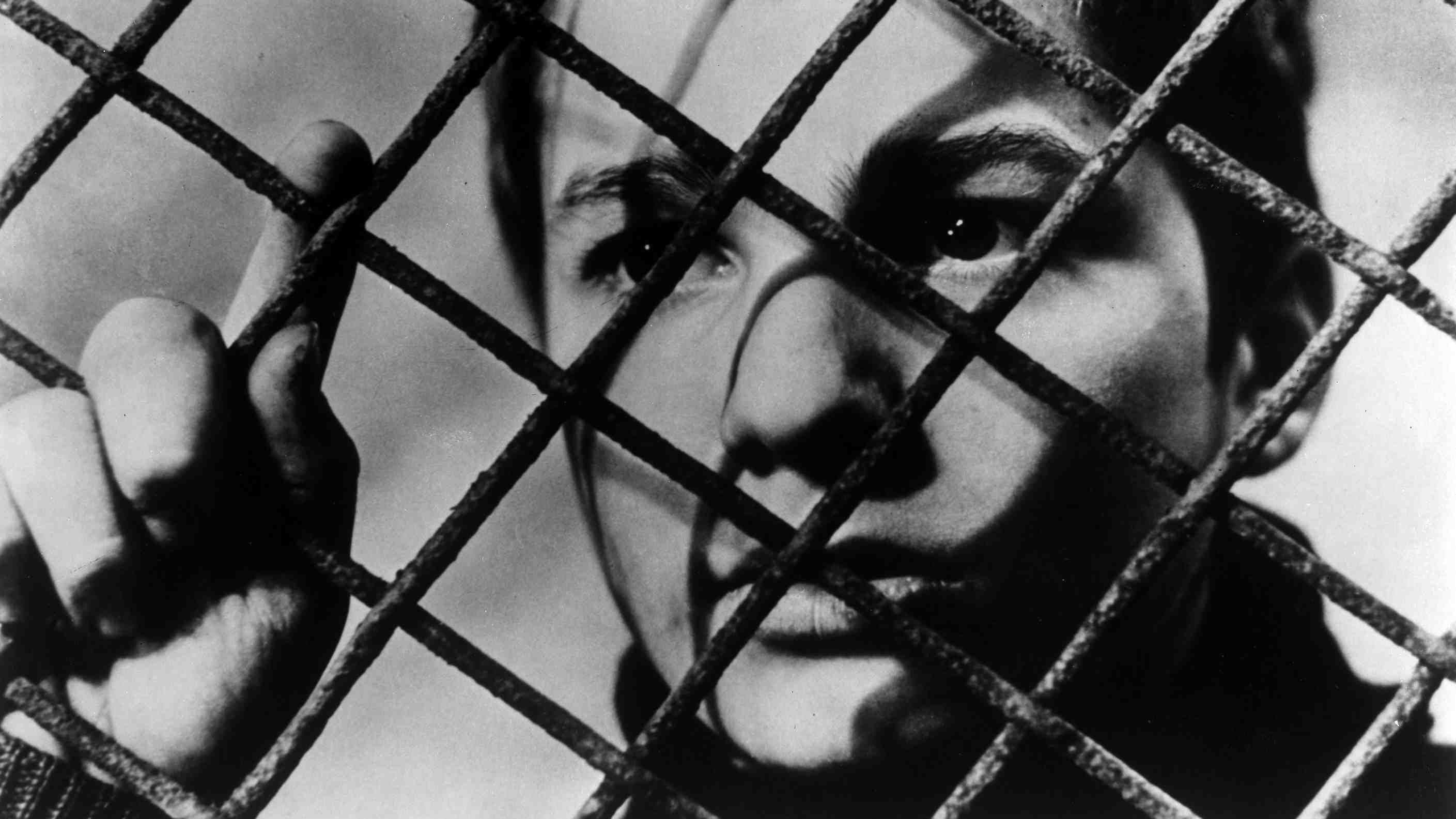


Comments
Loading comments...